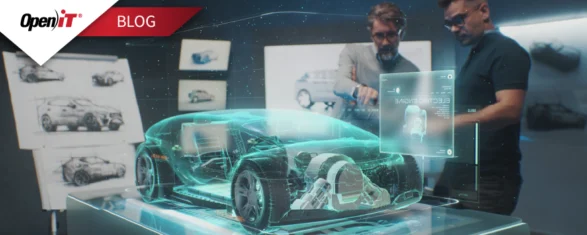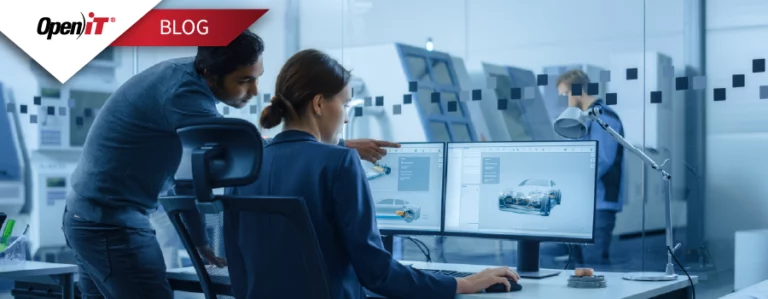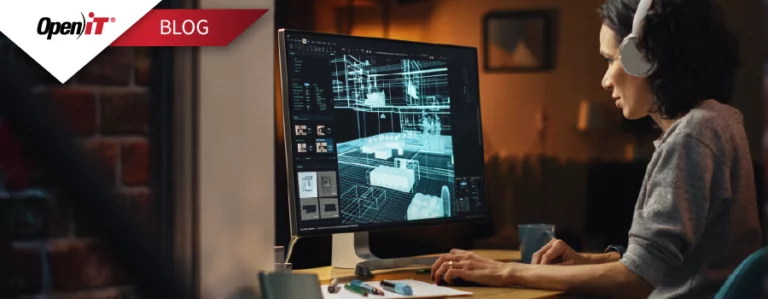As new technologies continue to drive modern businesses, the need for outsourcing is growing exponentially. Lowering costs has been an enticing advantage of outsourcing. Aside from the direct savings in operational expenses including employees’ salaries and benefits, outsourcing allows organizations the freedom to concentrate on business facets and remove important but non-core processes from daily operations. With the vast accessibility of knowledge, one can find highly skilled people at affordable rates that are willing to assist their company.
However, there are a number of drawbacks needing to be assessed, to help decide what impact a service would have in a business. The time-zone difference, geographical distance, and lack of face-to-face communication can cause managerial control deficiencies.
Outsourcing companies are driven by profit; consequently their quality of work may suffer, despite the Service Level Agreements (SLAs) in place. Confidential information such as medical or payroll records can be compromised, since sharing proprietary company data or knowledge is unavoidable when a high level of trust to a third party is part of an outsource relationship. The continuous search for cost cutting measures changes the way business leaders make their decisions, as they seek to hire the most highly skilled team of professionals possible.
Is outsourcing the only solution to effectively cut costs? Does outsourcing of all non-core processes save you money?
A recent Forrester Research survey (wherein 128 IT decision makers were asked to assess 13 key roles in IT), found that almost 34% of the companies think that specialized skills, such as asset management, is increasingly likely to be outsourced . But is the growing array of outsourcing options the only cost-reduction opportunity for asset management?
While most organizations have some up-to-date services and technologies to battle the challenges of asset management with, this must begin at the highest levels of an organization by establishing cultural awareness of the importance of IT assets. Such awareness provides gains in knowledge workers’ productivity. Armed with that, businesses do not have to go beyond internal resources to assign tasks to a third-party organization and pay hidden charges of outsourcing.
By equipping your own IT professionals with best-in-class tools, which provide information about installed hardware and software resources across the enterprise, they can do their job better, and overcome IT Asset Management challenges on their own.
Establishing internal ITAM initiatives with the support of senior management will not only strengthen ties within the organization but will also achieve profitability in the long run. Success in reducing long-term costs by optimizing assets, and entrusting the company’s own IT professionals with these tasks, is achievable by using Open iT’s IT asset management tools.
If you would like to investigate further how these saving can be made without the unnecessary outsourcing processes, schedule a demo and learn more effective cost cutting options on higher ROI and savings.
References:
i Marc Cecere, Varun Sedov, Sharyn Leaver. “Evaluating Key IT Roles.” Forrester 2 April 2010.
ii James Bucki, About.com Guide. “Outsourcing Disadvantages: Reasons That Outsourcing is Bad for Your Company.” 29 July 2010.






